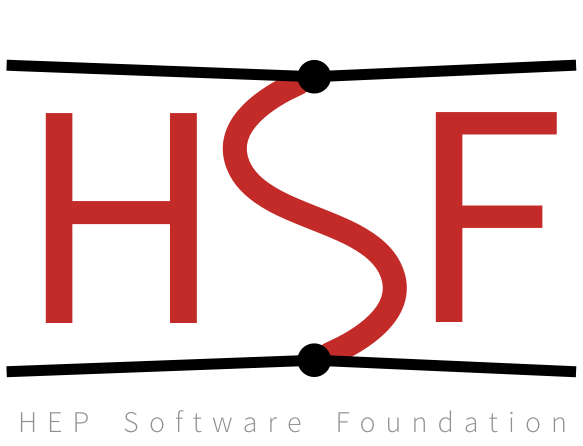Architecture#
This document describes the overall architecture and design of the Nopayloaddb system.
System Overview#
Nopayloaddb is implemented as a Django REST API that provides a conditions database service for High Energy Physics (HEP) experiments. The system is designed to handle time-dependent calibration and configuration data (payloads) with proper versioning and validity intervals.
Core Components#
Django Application Structure#
The application follows standard Django patterns:
Main Project:
nopayloaddb/- Contains settings, URL routing, and WSGI configurationCore App:
cdb_rest/- Contains all business logic, models, views, and API endpointsDatabase Router:
nopayloaddb.db_router- Handles read/write database splittingMiddleware:
nopayloaddb.middleware- Custom request processing
Database Architecture#
Multi-Database Setup
The system supports a read/write splitting architecture:
Write Database (default): Handles all write operations (CREATE, UPDATE, DELETE)
Read Replicas:
read_db_1,read_db_2- Can handle read operations for improved performanceDatabase Router: Routes operations to appropriate databases based on operation type
Currently, all operations route to the default database, but the infrastructure supports scaling to read replicas.
Schema Design
The database schema consists of five main tables:
GlobalTagStatus -> GlobalTag -> PayloadList -> PayloadIOV
| |
v v
PayloadType -------'
Key relationships:
GlobalTag belongs to a GlobalTagStatus
PayloadList belongs to a GlobalTag and PayloadType
PayloadIOV belongs to a PayloadList
Data Model#
Core Entities#
- GlobalTag
Named collection of payload versions representing a consistent set of conditions for a specific processing campaign or data-taking period.
- PayloadType
Categorizes payloads by their data type (e.g., ‘BeamSpot’, ‘SiPixelQuality’, ‘CEMC_Thresh’).
- PayloadList
Links a GlobalTag to a PayloadType, serving as a container for related payload versions.
- PayloadIOV
Individual payload with its Interval of Validity (IOV), containing:
Payload URL (reference to actual data file)
IOV range (major_iov, minor_iov, major_iov_end, minor_iov_end)
Metadata (checksum, size, description)
Validity Model#
Interval of Validity (IOV)
Each payload has a validity range defined by:
major_iov,minor_iov- Start of validity rangemajor_iov_end,minor_iov_end- End of validity rangecomb_iov- Combined IOV for efficient indexing
The system supports querying for the appropriate payload based on a specific time point or run number.
API Design#
RESTful Architecture#
The API follows REST principles:
Resources: GlobalTags, PayloadTypes, PayloadLists, PayloadIOVs
HTTP Methods: GET (read), POST (create), PUT (update), DELETE (remove)
JSON Format: All data exchange uses JSON
Stateless: Each request contains all necessary information
Query Optimization#
The system provides multiple query endpoints optimized for different use cases:
SQL-based queries: Direct SQL for complex IOV lookups
ORM-based queries: Django ORM for simpler operations
Bulk operations: Efficient batch creation of payload IOVs
Authentication & Security#
- Current State
Authentication is currently disabled for development, but the infrastructure supports:
JWT token authentication
Django REST Framework token auth
Custom authentication backends
- Production Considerations
For production deployment:
Enable authentication in settings
Configure HTTPS/TLS
Set secure SECRET_KEY
Implement proper access controls
Deployment Architecture#
Container-Based Deployment#
Docker Compose (Development)
services:
db: # PostgreSQL database
image: postgres
webapp: # Django application
build: .
Production Options
Helm Charts: Official Kubernetes/OpenShift charts for experiment-specific deployments
Repository: BNLNPPS/nopayloaddb-charts
sPHENIX configuration:
npdbchart_sphenix/Belle2 configuration:
npdbchart_belle2_java/
OpenShift/Kubernetes: Using provided templates or Helm charts
Traditional: WSGI server (Gunicorn) + reverse proxy (Nginx)
Environment Configuration#
The application uses environment variables for configuration:
Database connections (separate for write/read)
Secret keys and security settings
Logging configuration
Service endpoints
Scalability Considerations#
Database Scaling
Read replica support for query load distribution
Database connection pooling
Optimized indexes for IOV queries
Application Scaling
Stateless design enables horizontal scaling
Container-based deployment supports orchestration
Separate read/write paths for performance optimization
Storage Scaling
Payload data stored as external files (not in database)
URLs reference distributed storage systems
Metadata-only approach reduces database load
Monitoring & Observability#
Logging
Django request/response logging
Database query logging
Application-specific event logging
Health Checks
Database connectivity checks
Service readiness endpoints
Container health monitoring
Metrics
API endpoint performance
Database connection status
Query execution times
